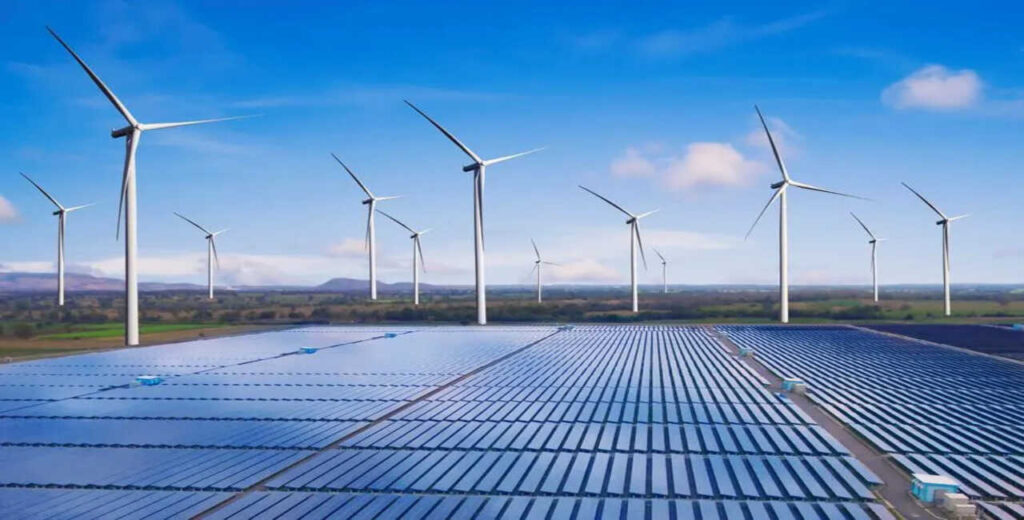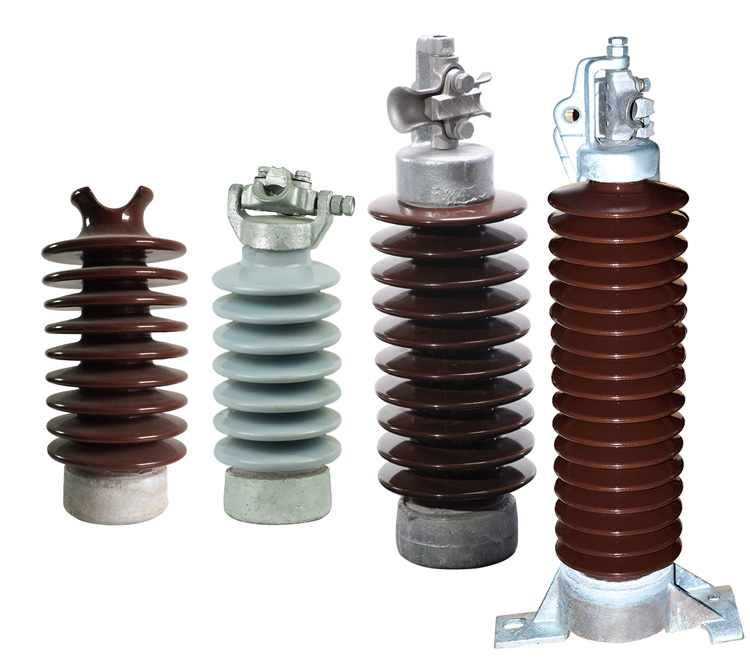
South America has the opportunity to gain from power integration due to its abundant resources and potential for mutual advantages. At present, every nation is implementing its own energy policies and infrastructure. Brazil, Argentina, Chile, and other nations own a variety of energy sources. By incorporating hydropower, solar, and wind resources, these countries can lower expenses, enhance energy dependability, and expand energy availability. Significant advancements have been made in the area, including the establishment of grid connections between Brazil and Paraguay via the Itaipu Dam. Argentina and Chile have improved electricity access to stabilize supplies when demand fluctuates. Furthermore, the goal of the Andean Electrical Interconnection Systems project is to create a high-voltage power corridor spanning Andean nations. A line post insulator plays a role in power distribution throughout South America in various ways. It helps the transmission lines connect to the towers to avoid electrical current from going to the ground.
A line post insulator ensures the efficient transmission over long distances by preventing electrical circuits. The line post insulator ensures the integration of different power systems across South America. It helps reduce the risk of outages and ensures the reliability of the grid. The insulator contributes o the economic and social development of the region. Line post insulators support the weight of power lines to prevent them from sagging or breaking. It is also designed to withstand harsh environmental conditions. A line post insulator enables the integration of different power systems across South America. These include extreme temperatures, high humidity, and pollution.
Roles of a line post insulator in electricity distribution throughout South America
A line post insulator plays a vital role in the power infrastructure of South America. It guarantees the secure and effective distribution of electricity throughout the area. A line post insulator assists in the support and protection of transmission lines. This guarantees effective communication across extended distances. The roles and functions of a line post insulator in power integration across South America are as follows.

- Line post insulator for high voltage transmission lines is specifically made to withstand high voltage levels. The insulator plays a crucial role in stabilizing high-voltage power lines across varied landscapes in the area. It separates energized conductors from supporting elements to lower the chances of electrical malfunctions.
- Improved strength – a line post insulator constructed from substances such as porcelain or polymer is able to withstand weather conditions. Polymer insulators are not heavy and can withstand harsh weather conditions. This decreases the need for maintenance and avoids disruptions in inaccessible locations.
- South America has abundant renewable energy sources such as hydro, solar, and wind. These sources can be used to support the integration of renewable energy. A line post insulator facilitates the transmission of renewable energy from distant production locations to areas of high demand. This aids in minimizing power loss while transmitting, enhancing the efficiency of renewable energy projects.
- As South America advances in cross-border power trade, line post insulators improve the interconnections. This is to ensure power stability across borders. This involves stabilizing the high-voltage transmission lines necessary for international power exchange.
Advantages of merging electricity systems throughout South America
Integrating power across South America offers various economic, environmental, and social advantages. This offers a plan for the development and sustainability of a particular area. It also sets the groundwork for creating a stronger, more sustainable, and economically thriving area. This involves pooling resources, sharing energy, and collaborating on infrastructure. It helps to achieve increased stability, affordability, and sustainability. At TTF Power, we provide high quality overhead line hardware, transmission hardware, distribution hardware, conductors, insulators, cutout switches, anchoring and grounding products. Here are the advantages of integrating power throughout the region.

- Enhanced energy security and reliability – power integration enables countries to rely on one another for extra power support. If a country experiences a power outage, they can opt to import electricity from a neighboring country to ensure stability.
- Decreased greenhouse gas emissions—integrating power sources assists the area in lowering its carbon footprint according to the Paris Agreement. Nations that rely on fossil fuels have the option to import renewable energy from clean energy sources.
- Backing regional economic development is possible with an interconnected power system that can stimulate investments and drive economic expansion. It has the ability to generate employment opportunities and boost the local economy. It also supports the development of infrastructure projects such as building transmission lines.
- Investments in modern grid technologies like smart grids are fueled by the integration of power in technological innovations. This enables improved oversight and control of electricity distribution. Technologies aid in enhancing effectiveness, decreasing energy waste, and addressing real-time problems.
